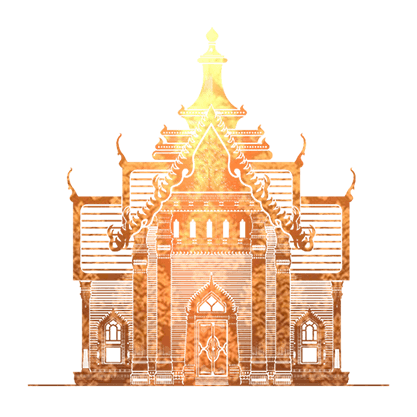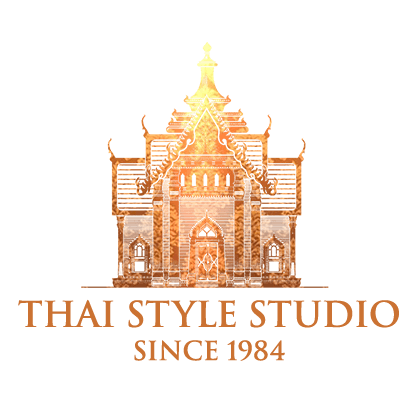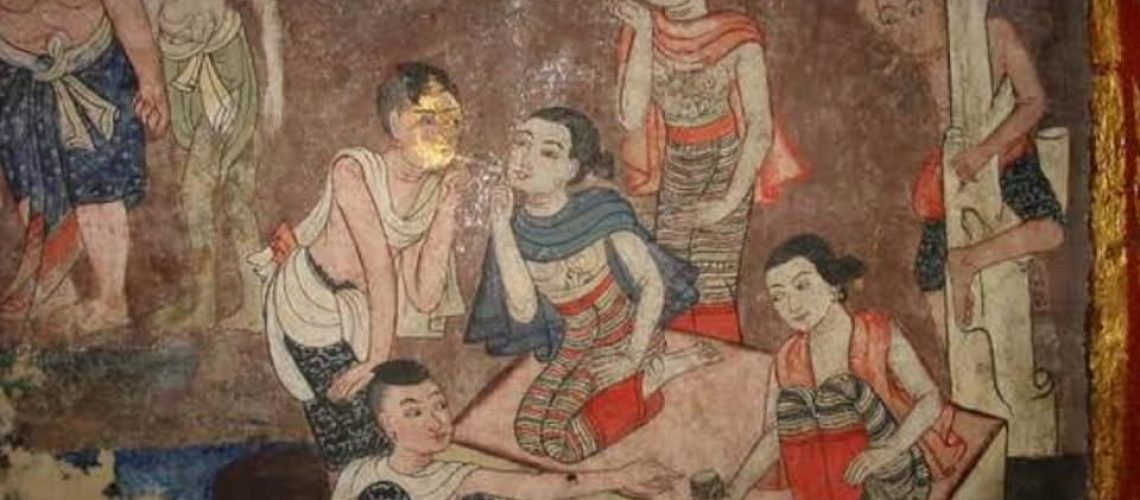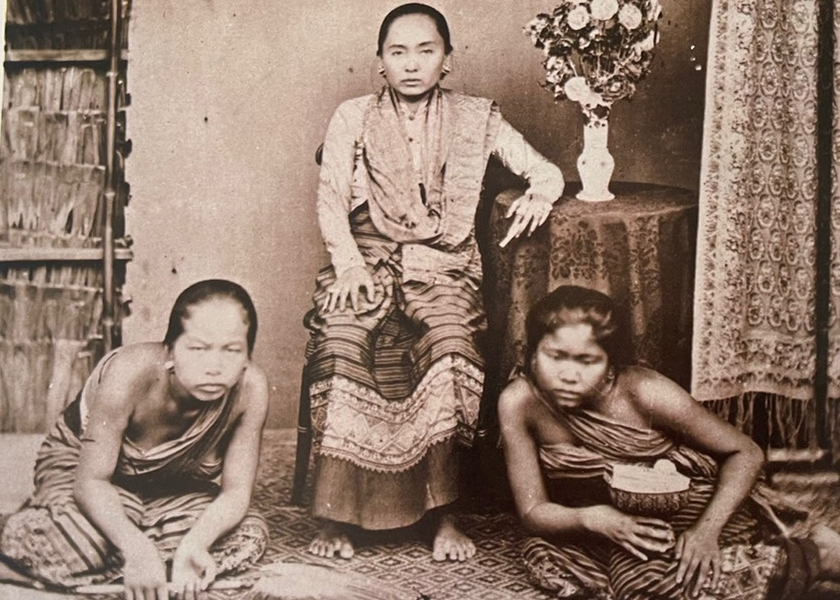
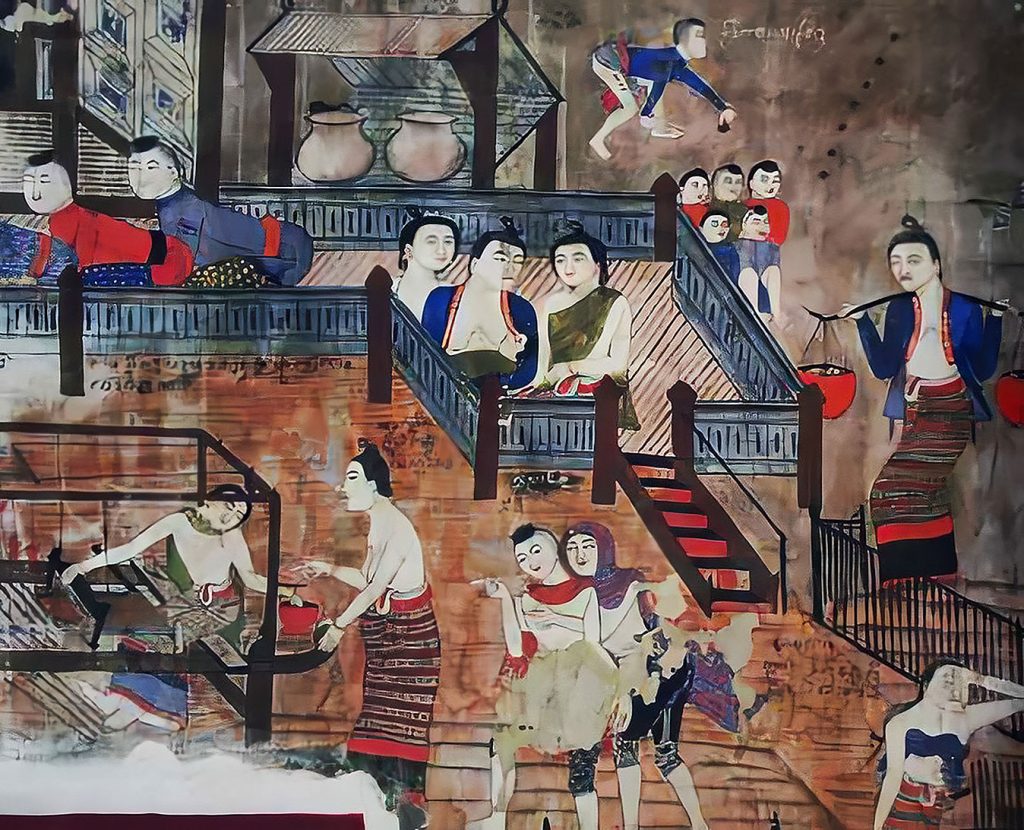
For noble women or those who came from an aristocratic family, they dressed elegantly with a long skirt made of full piece of cloth. The fabric possesses a very unique, diagonal pattern with a specific embroidery at its hem called ‘Sin Tor Tean Jok’. For the commoner, the fashion was less detailed. Commoner ladies would wear the same style of long skirt (sarong) but with different color and pattern. The skirt was called ‘Sin Tor Tean Tor Aeui’, a single, dark-color fabric with a diagonal pattern. The women of Lan Na back then were not wearing proper shirts or blouses, they either covered their upper body with a piece of light-colored fabric wrapped over their breasts called ‘Mud Nom’ or using ends of their shawls/scarves as a cover.

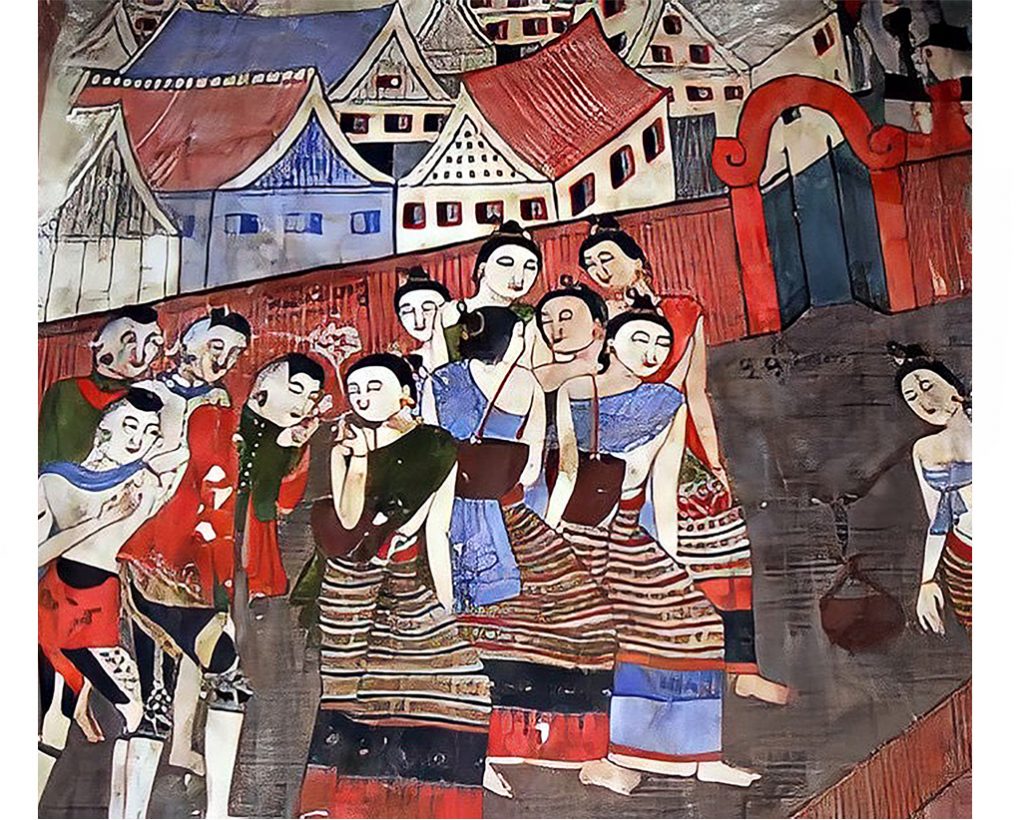
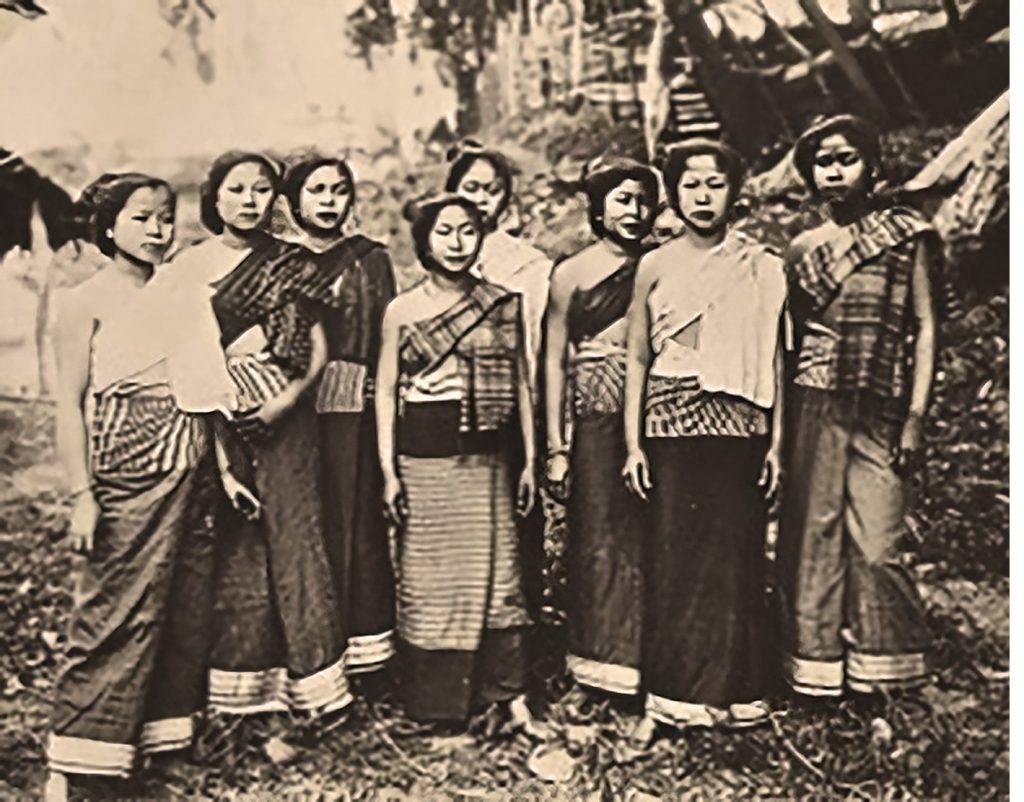
Lan Na’s women usually tie their hair up in several fashion namely
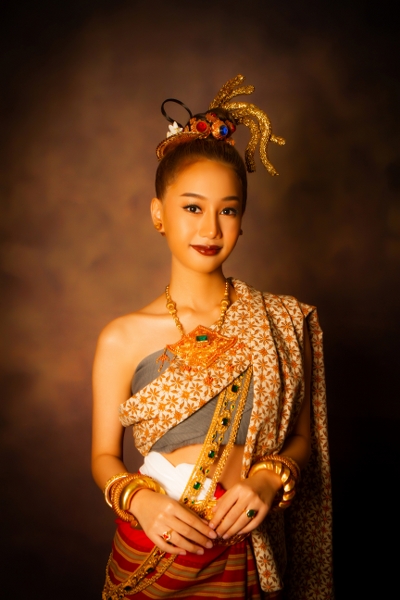
1) Klao Vid Wong; the hair is being tied up into a knot at the top of the head. The remaining locks of hair are curled up as a hoop and tucked in the middle of the knot.
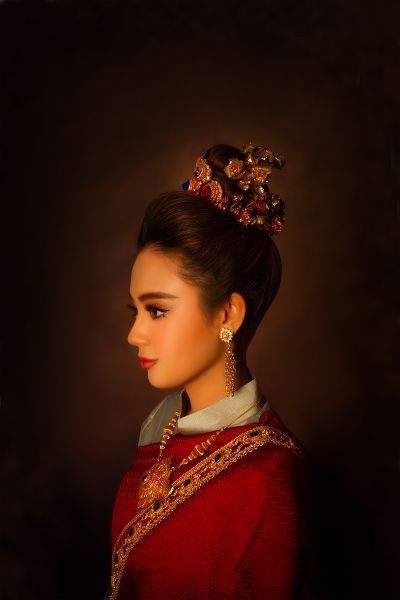
2) Klao Phom Bom Jong/ Aua Jong; Tucked locks of artificial hair into a made hair-knot to make the knots bigger.
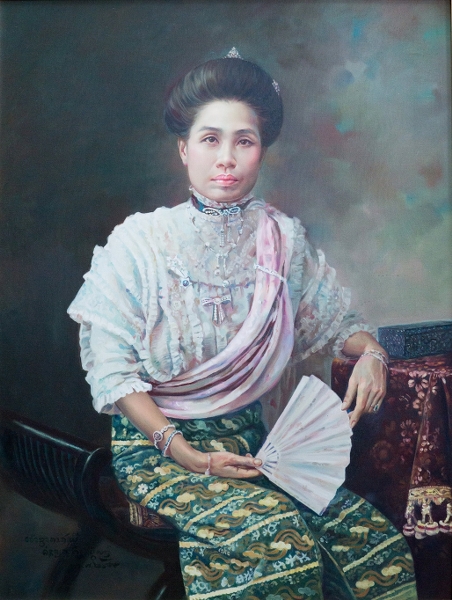
Thank you for a pic from cuartculture
3) Japanese Style, which was considered very fashionable during the era of Dara Rasami, The Princess consort.
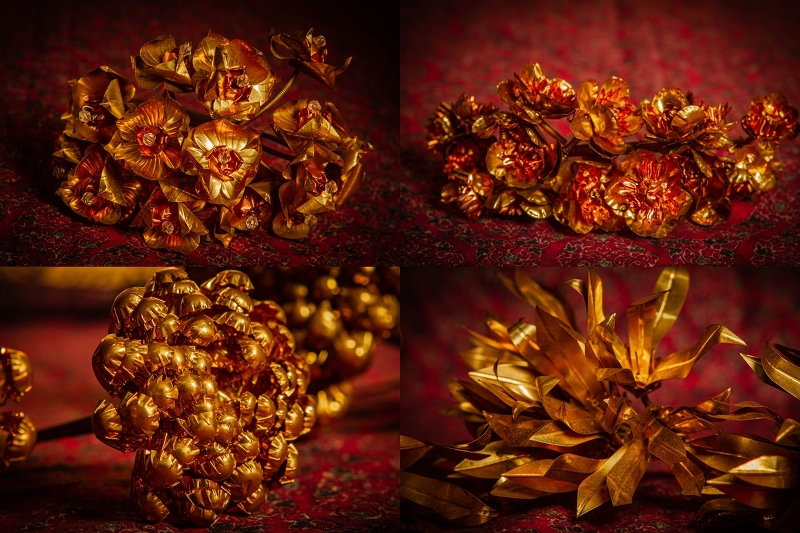

In complement to their hair styling, many accessories are used to decorate and alter the looks. The famous one is the ‘Hair Pin’, pins were made from diverse materials; silver, gold or brass. Some used fresh flowers as an ornament called ‘Dok Mai Wai’. Flowers like Champak or Ervatamia were popular as they were scented and appear in plae, appropriate colors. Thirdly ‘Whee Sub’ or a hair comb – made of ivories, gold and silverware. Hair wraps (Phok Hua Kian Pha) were also a popular choice, not only a fashion item, the wrap also worked as the symbol that tells the marital status of the women. In Thai Lue traditions, a bachelorette would wear pink wraps. Only when she is married, then can she wear other colors. The earrings were as well, popular and available in various options and styles – flowers, silver and golden plates were put on to keep the pierce in place. Lastly, ‘Hoy Kang’ or the belt’s charms. Made of either silver, gold or brass, the charms usually hung around the waist, adding glams and details to the look.
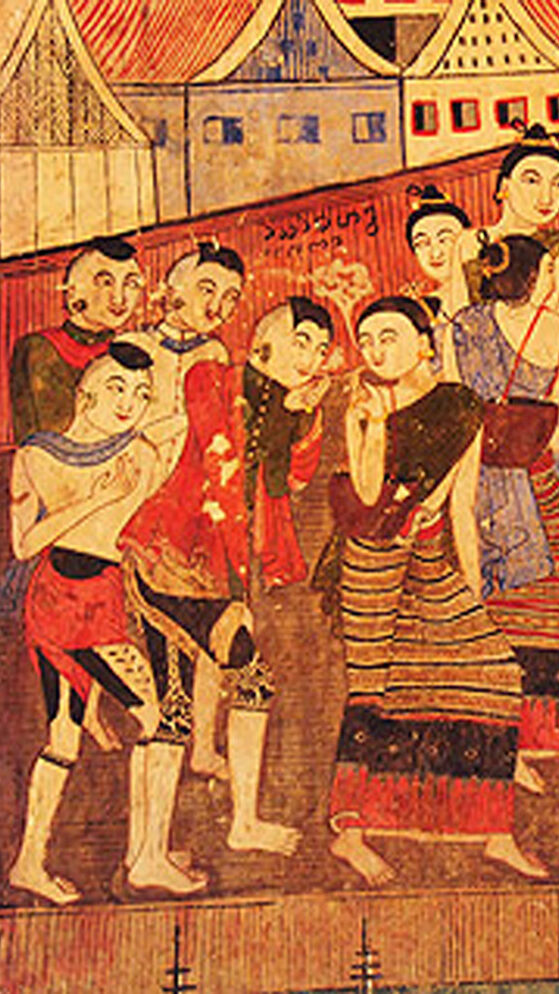
Teaw or Trousers, resembling the modern days’ loose trousers. For the noble man, these trousers were made of luxurious fabric, sometimes imported materials. Like in other regions, most Lan Na men did not normally wear tops. In winter, they would use a single piece fabric dyed with natural ingredients called ‘Pha Tum’ to ease the cold. This single fabric was also popular among the women.
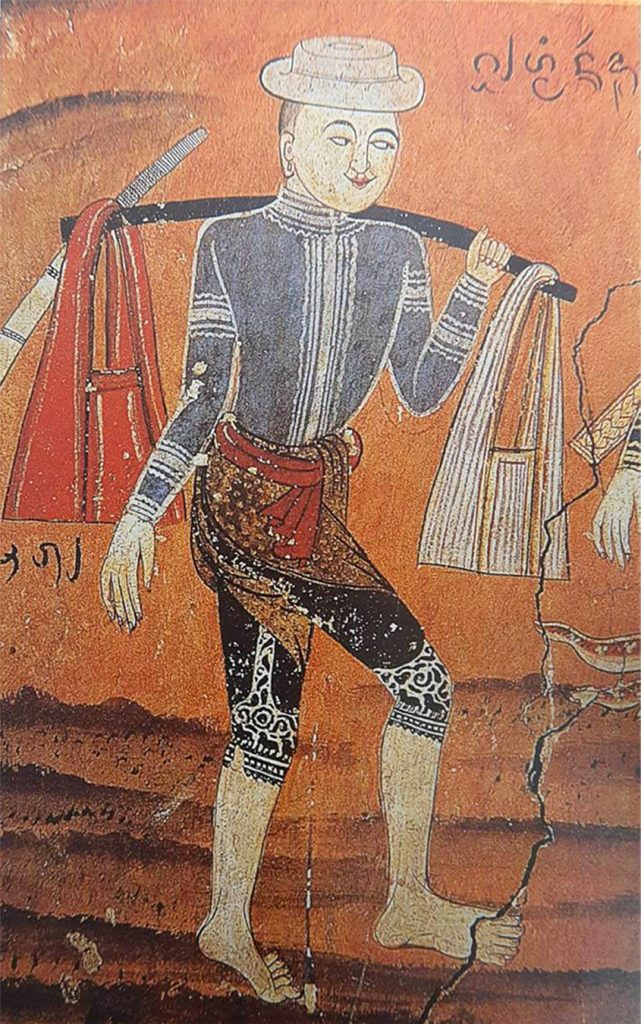
The round collar shirt, button up and tailored in the same fashion with Matsaki shirt but with pockets on both sides. Some would wear this shirt with Teaw Yoong (loose crotch) on casual occasions. In an official ceremony, they would wear Jong Kraben with long sleeves, royal pattern shirt and a silk waistband. Later on the purple silk gained its popularity. It was worn with a royal pattern official shirt, trouser socks and court shoes.
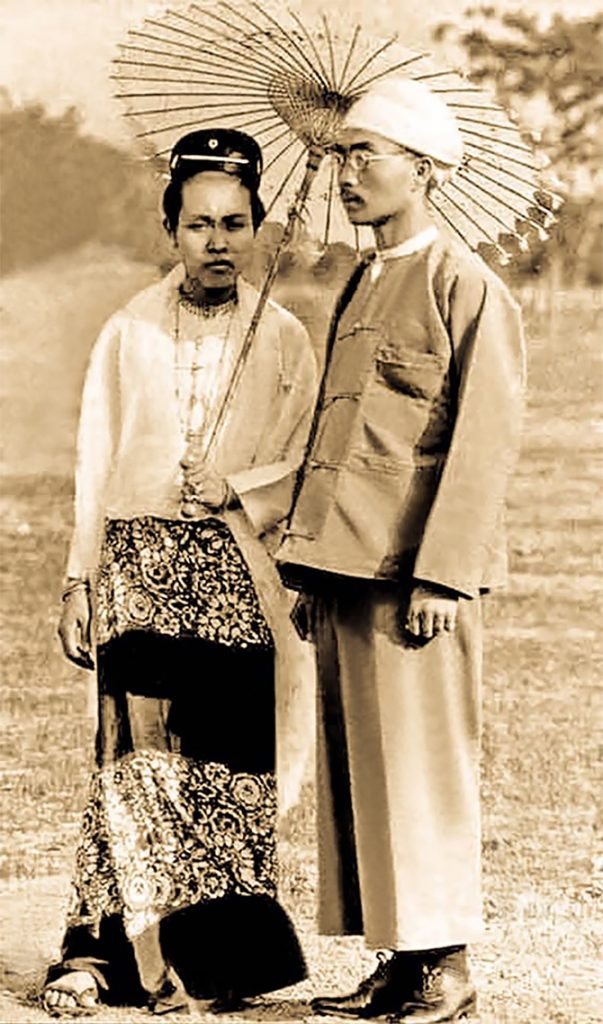
During the reign of King Rama V until the reign of King Rama VII, Lanna was influenced by many places that are evident. Women will like to style their hair in Japanese style. wearing a western-style lace shirt
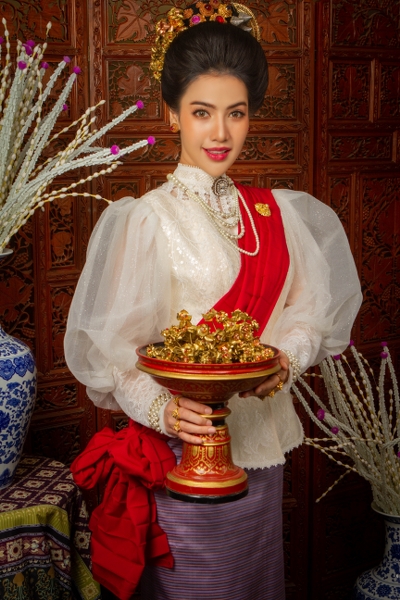
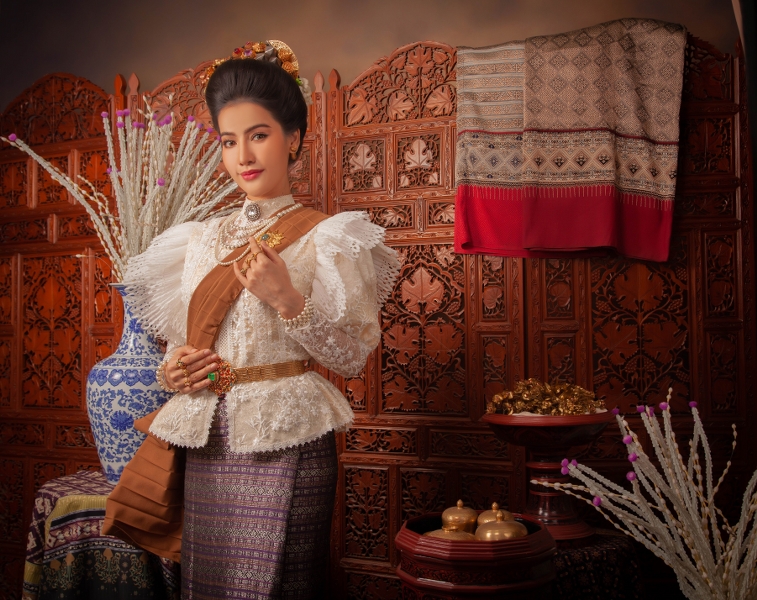
For men, it is popular to wear Chinese satin pants of various colors or Kuay pants. crotch and legs like Chinese pants, wide waist, folded over to fit the waist called “Kon Tai”, fastened with a belt The inner shirt uses a shirt. There is an undershirt under the other layer. The outer shirt is a round neck shirt with long sleeves that reach the shoulders and go down. Stitched in the middle of the front slit sleeves, attached with five pairs of ribbed buttons. There will be a line of fabric sewn from the head and the button ears on both sides, about 2 inches long on each side, the body is as long as the hip, called “Taek Pung shirt”, often used in ceremonial occasions.
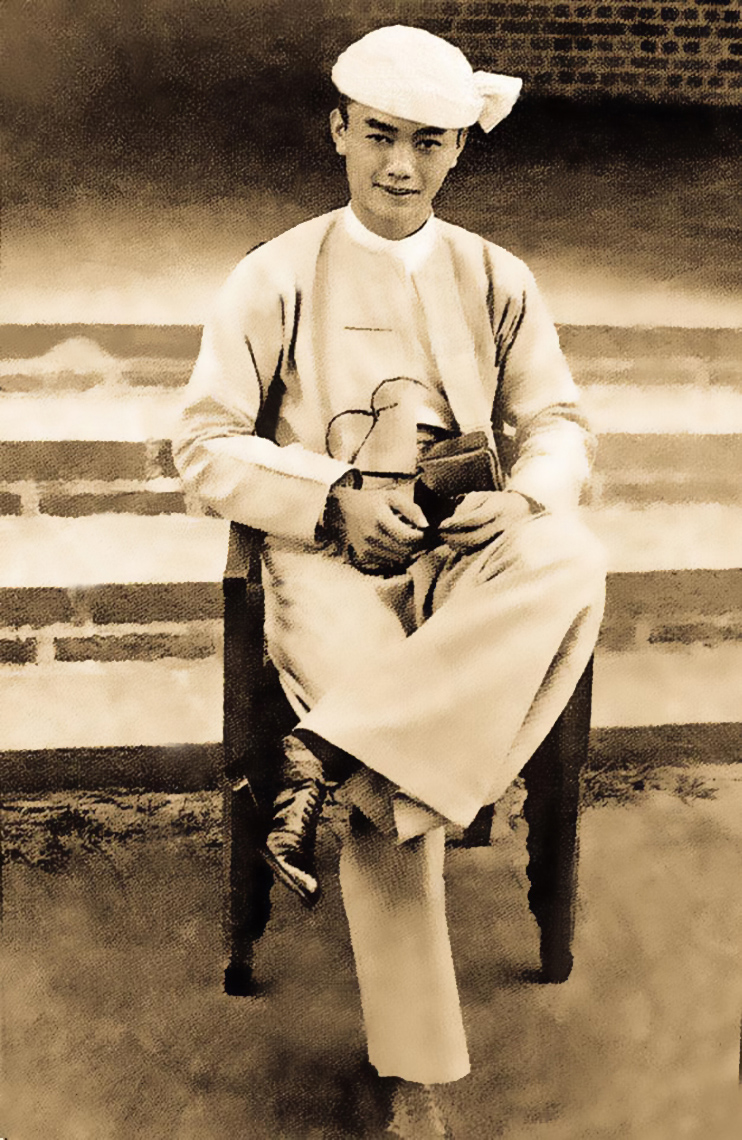
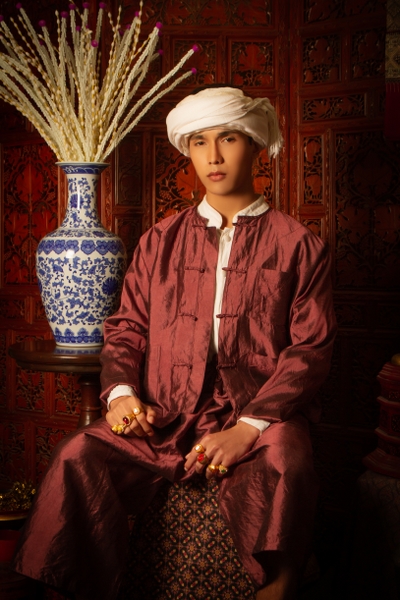
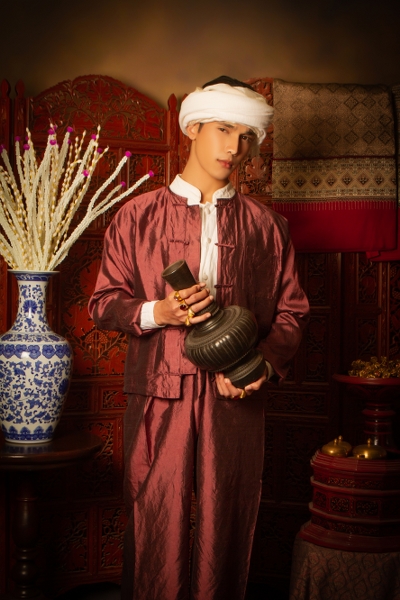
An author assistant Nonthawat Ningjaiyen
TRULY THAI AUTHENTIC YOU CAN BE
>>ติดตามเรื่องราวความเป็นไทยอย่างใกล้ชิดที่ Thai Style Studio<<
เพราะเราเชื่อว่า “มากกว่าความรู้สึก คือ การได้สัมผัสประสบการณ์ความเป็นไทยด้วยตัวคุณเอง”
